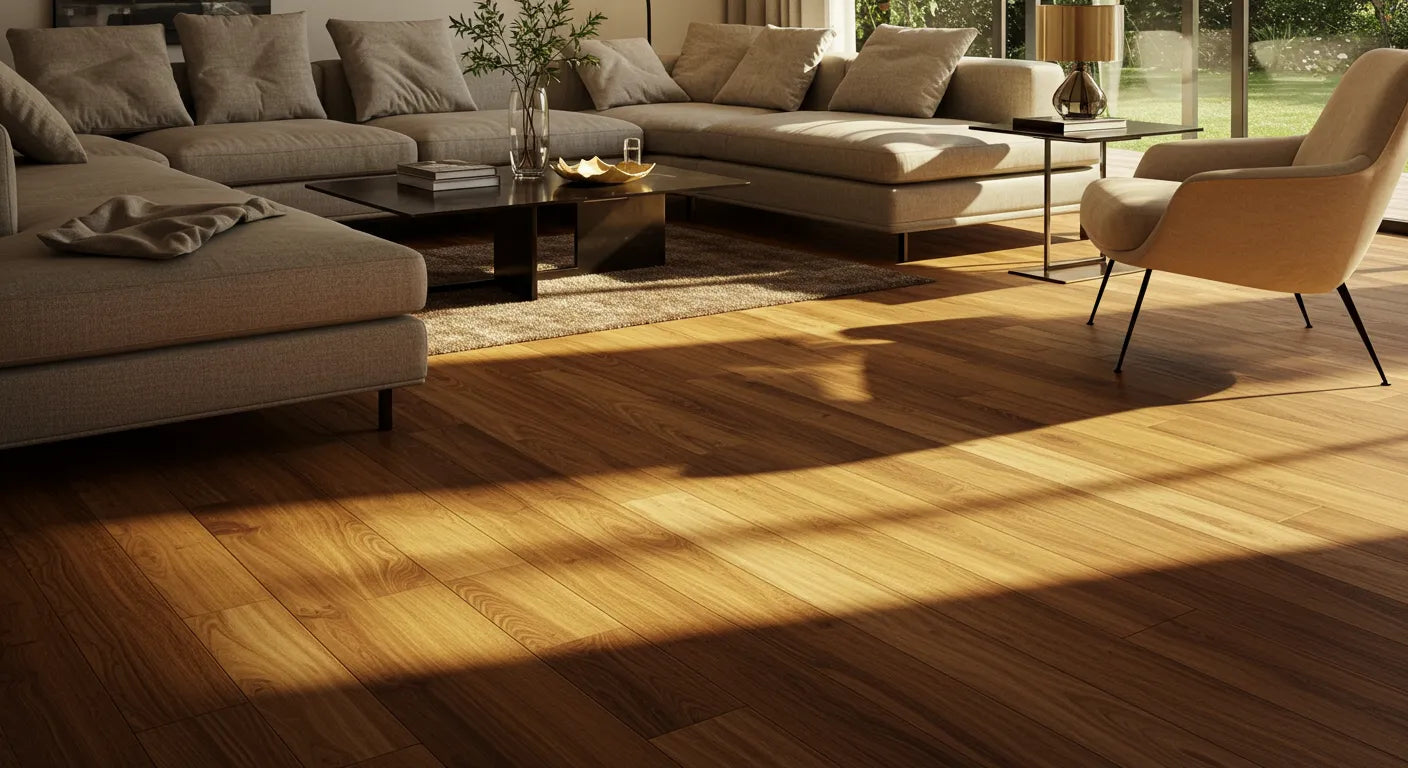Floors set the tone for every room in your home. They endure the daily stampede of feet, furniture, and all the spills life throws at them. But over time, even the toughest flooring wears down. The signs aren’t always dramatic, either. Sometimes it’s a quiet creak. Other times, it’s a musty odor you can’t quite place.
If you're not sure whether you're due for a flooring repair or a full replacement, you're not alone. Many homeowners postpone upgrades far too long, unaware that certain red flags point to deeper structural or safety issues—not just surface-level problems.
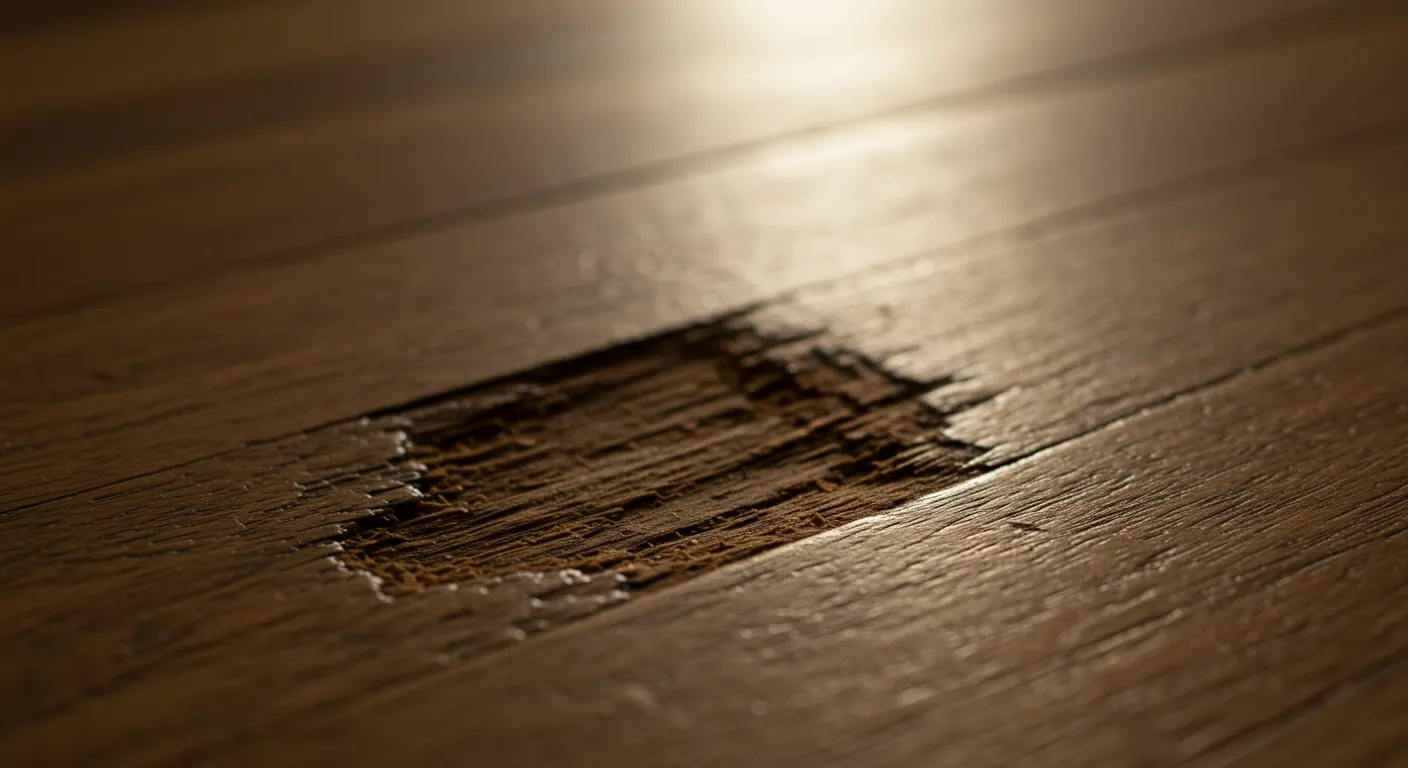
In this three-part guide from Five Star Flooring, we’ll break down the most common signs that it’s time to replace your flooring, what to watch for with each flooring type, and how smart upgrades can actually protect your home’s value and boost its livability.
Let’s start with the first two signs.
Sign #1: Your Floors Show Visible, Widespread Damage
We’re not talking about a single scratch or a scuffed baseboard—cosmetic blemishes can usually be handled with minor flooring repair. What’s more concerning is when that damage spreads across large areas or indicates issues beneath the surface.
What Counts as “Widespread”?
If more than 20% of a floor is impacted by the same issue—deep gouges, warping, cracking, or buckling—it’s usually more cost-effective to replace rather than repair. Here’s how different materials tend to signal deeper wear and tear:
| Flooring Type | Warning Signs of Major Damage |
|---|---|
| Hardwood | Splitting, water stains, or frequent popping noises |
| Laminate | Bubbling, swelling seams, or lifting at edges |
| Vinyl | Peeling corners, permanent dents, or color fading |
| Carpet | Matted fibers, stains that won’t lift, lingering odor |
| Tile | Multiple cracked tiles, grout deterioration |
Why It Matters
Ignoring these signs doesn’t just look bad—it can affect your subflooring. If water seeps through cracks or warping creates uneven footing, you’re at risk for mold growth, structural rot, and even trip hazards.
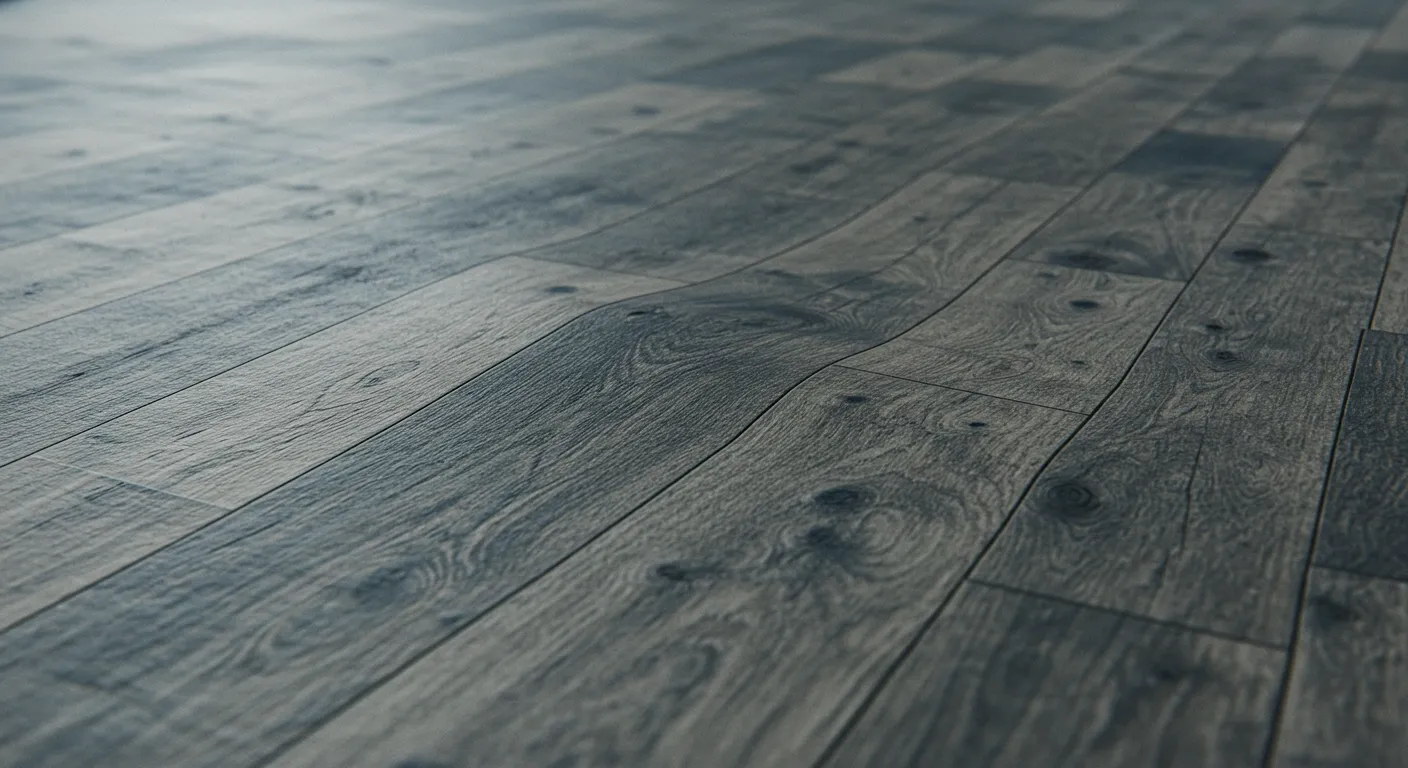
In short, what starts as aesthetic damage can quickly escalate into costly repairs or health concerns.
Quick Test: Is It Time?
Here’s a quick self-check to decide if you’re in the floor replacement zone:
- Does damage appear in multiple rooms or spread across the entire space?
- Have you repaired the same area more than once?
- Is the damage causing unevenness or unsafe surfaces?
If you answered yes to two or more, it’s worth getting a professional opinion.
Sign #2: Your Floors Make Noise—and Not Just a Little
Creaks, squeaks, and pops might sound like normal signs of aging, but persistent noise is often your floor crying out for help.
What Causes Noisy Floors?
Noisy flooring is typically caused by movement—either in the boards themselves or the subfloor underneath. That can result from:
- Loose fasteners
- Shifting subfloors
- Shrinking or swelling due to moisture
- Poor original installation
What Noises Mean in Different Materials
| Flooring Type | Common Noises | Likely Causes |
|---|---|---|
| Hardwood | Creaks & groans | Loose nails or seasonal expansion |
| Laminate | Hollow sounds | Gaps in underlayment or poor install |
| Engineered wood | Snapping sounds | Adhesive failure or substrate shifting |
Can It Be Fixed?
Sometimes, yes. Flooring repair might involve re-securing loose boards or injecting adhesives. But if the subfloor is shifting or your planks have warped over time, those squeaks and snaps will only get worse. In many cases, persistent noise is a sign your floors have reached the end of their structural life.

When to Consider Replacement Over Repair
- The noise happens every time someone walks by.
- You've already attempted DIY fixes or hired repair pros.
- You plan to sell your home and want to avoid turning off buyers.
In these cases, replacing your flooring with modern, noise-resistant options (like click-lock vinyl or engineered hardwood with built-in underlayment) could save you long-term headaches—and add tangible value to your home.
Sign #3: Your Floors Have Water Damage—or Have Had It in the Past
Water is one of the most destructive forces your flooring can face. It seeps below the surface, weakens the adhesive, swells the core of engineered materials, and promotes mold. And the worst part? The damage often isn’t visible right away.
How Water Damage Creeps In
Spills and puddles are usually easy to catch, but slow leaks or excess humidity can be silent destroyers. A leaking dishwasher, an undetected plumbing issue, or a poorly sealed exterior door can allow moisture to get underneath your flooring—and stay there.
You might notice some of these subtle signs first:
- Floorboards that feel spongy underfoot
- Edges that lift or curl
- Discoloration that wasn’t there before
- A musty smell that persists no matter how much you clean
Hardwood can warp and cup. Laminate might bubble or buckle. Even vinyl, which is water-resistant on the surface, can peel or come unglued if water seeps beneath it. And if you're dealing with carpet, any lingering dampness can lead to mildew that contaminates the air you're breathing.
When to Replace, Not Repair
If the water damage is isolated and caught early, you may be able to replace just that section—especially if you have leftover planks or tiles. But in most cases, once the subfloor or underlayment has been compromised, patching won’t hold up for long. Mold can form in as little as 24 to 48 hours after water exposure, so it’s not something to ignore.
Floor replacement is especially urgent if:
- The material feels soft or unstable when stepped on
- There's any hint of mold smell
- The damage occurred more than a few weeks ago and was never fully dried out
Water damage doesn't just ruin the floor you can see—it often means the layers beneath are decaying too. Left untreated, this can create structural issues and major repair bills down the line.
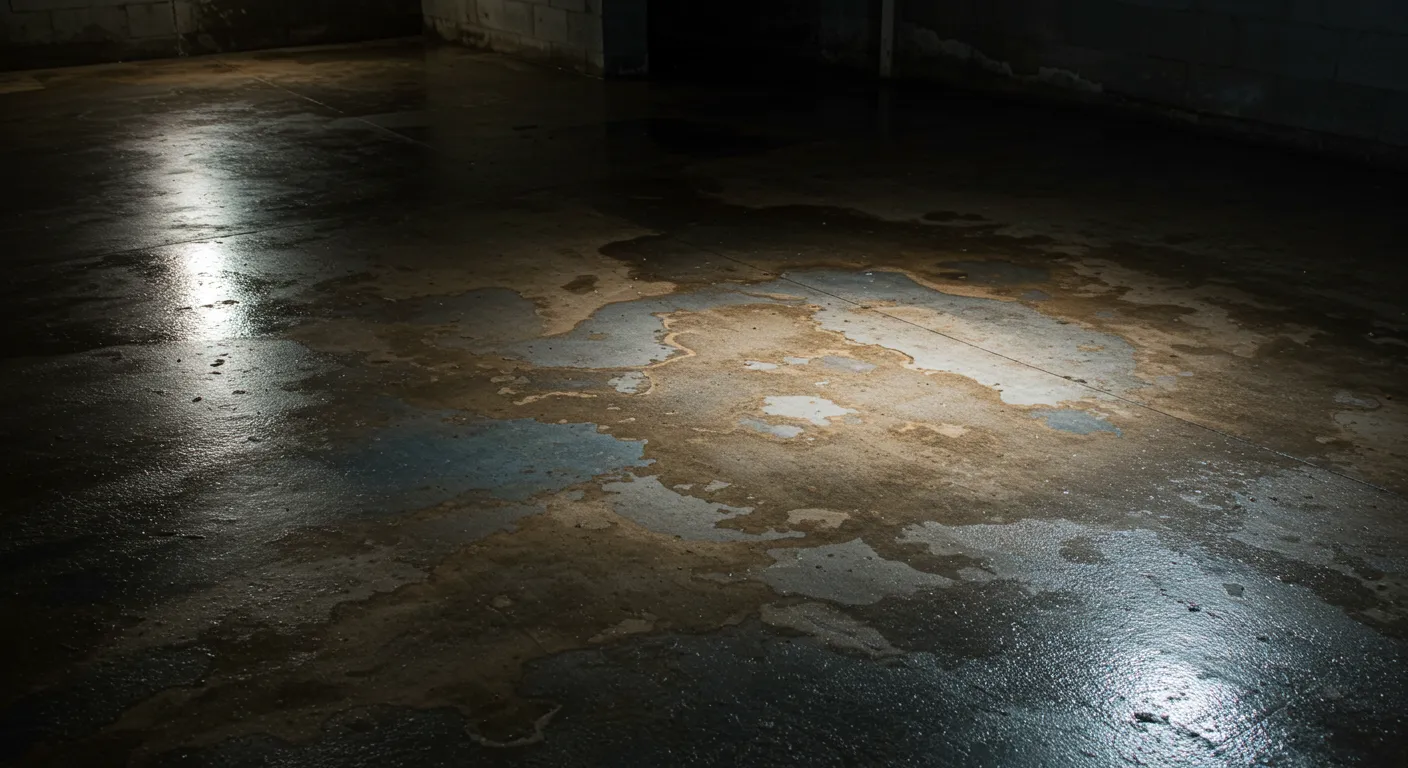
Sign #4: You Can’t Get Rid of the Smell or Stains
Sometimes it's not what you see—but what you smell—that tells you a floor has run its course.
Certain materials, especially carpet and older vinyl, can absorb spills, pet accidents, smoke, and moisture deep into their fibers or backing. Even after cleaning, the odor lingers. You might be used to it, but guests probably notice.
Common Culprits
Pet urine is one of the top reasons people replace flooring. It seeps down past the surface and gets trapped in the padding or subfloor. Over time, the ammonia breaks down and causes stains that darken and smells that intensify.
Other common causes of persistent flooring stains or smells include:
- Food and drink spills in high-traffic areas
- Flooding or pipe leaks that weren’t thoroughly dried
- Mold spores that develop from trapped moisture
- Smoke exposure (from candles, cooking, or cigarettes)
Even if you’ve steam-cleaned, used enzyme treatments, or tried all the DIY solutions, the issue might be inside the flooring itself. In these cases, it’s not about cleanliness—it’s about material saturation.
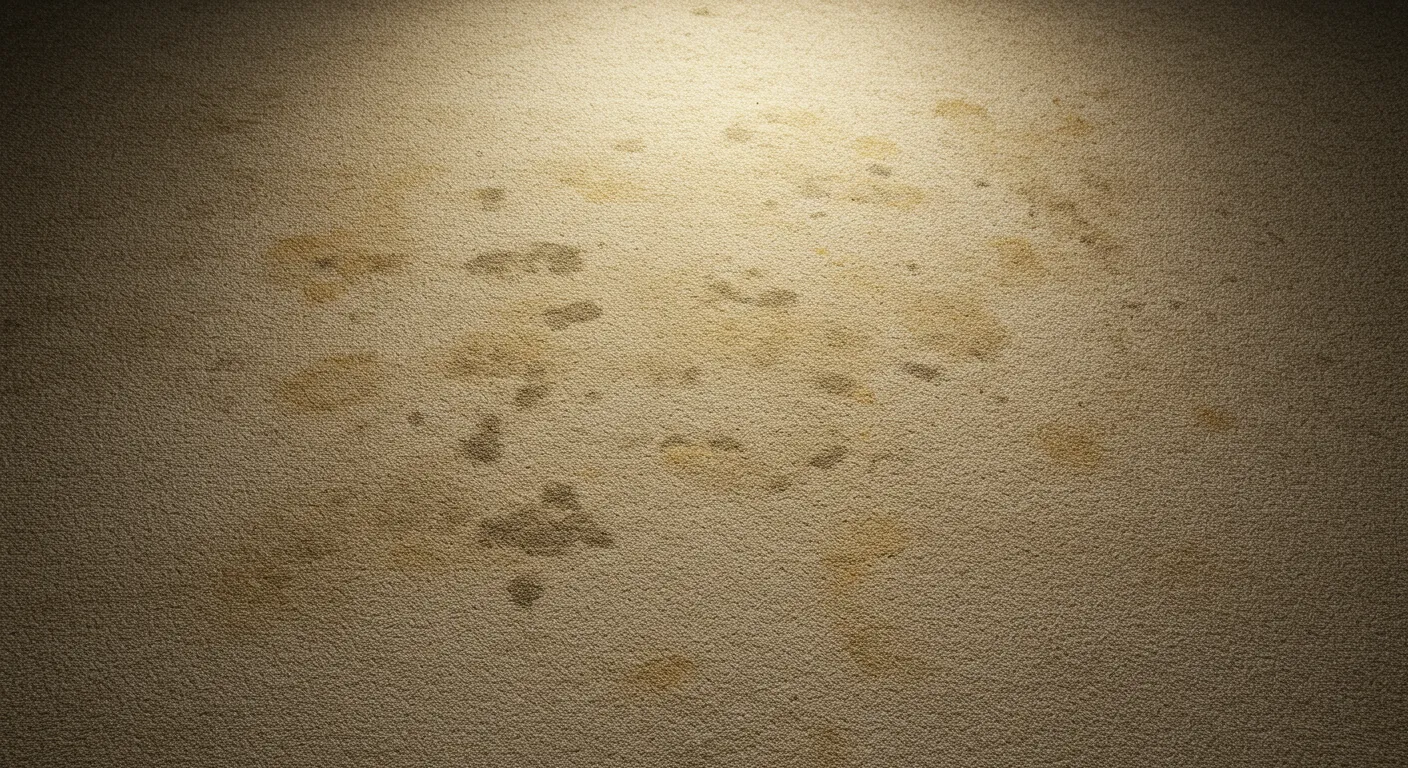
Why It Matters
Odors are more than just unpleasant—they can indicate the presence of bacteria, allergens, or mold. In homes with pets or young children, this becomes a health issue, not just an aesthetic one. If stains or smells persist after a thorough professional cleaning, floor replacement is usually the only lasting fix.
Bonus? New flooring with antimicrobial and odor-resistant technology is now widely available. If you’re replacing floors due to smells, look for options like waterproof vinyl, sealed hardwoods, or carpet tiles with moisture-wicking backings.
Sign #5: Your Flooring Is Simply Outdated—or No Longer Fits Your Life
Not all flooring replacements happen because something’s broken. Sometimes, it's about function and fit. If your floors are more than 15–20 years old, chances are they’ve seen better days—stylistically and structurally.
Styles evolve. What looked great in 2005 might clash with your home’s current decor or resale expectations. But even more importantly, your life evolves, too. Maybe your flooring was fine when it was just you and your partner. Now you’ve got kids, pets, and ten times the foot traffic.
Signs your floors are no longer suited to your lifestyle:
- They scratch easily and can’t be refinished
- You’re constantly cleaning but never satisfied
- It’s loud and echoey, with no sound absorption
- It’s too slick or too soft for your family’s needs
Older flooring materials also lack the durability of modern innovations. Vinyl plank flooring, for instance, used to be flimsy and fake-looking. Today’s high-end options are waterproof, scratch-resistant, and remarkably realistic.
Replacing outdated flooring isn’t just about looks—it’s about optimizing your home for how you live in it now. And if you plan to sell, updated floors are one of the best ways to increase value and appeal. In fact, real estate agents frequently list new floors as one of the top features buyers care about.
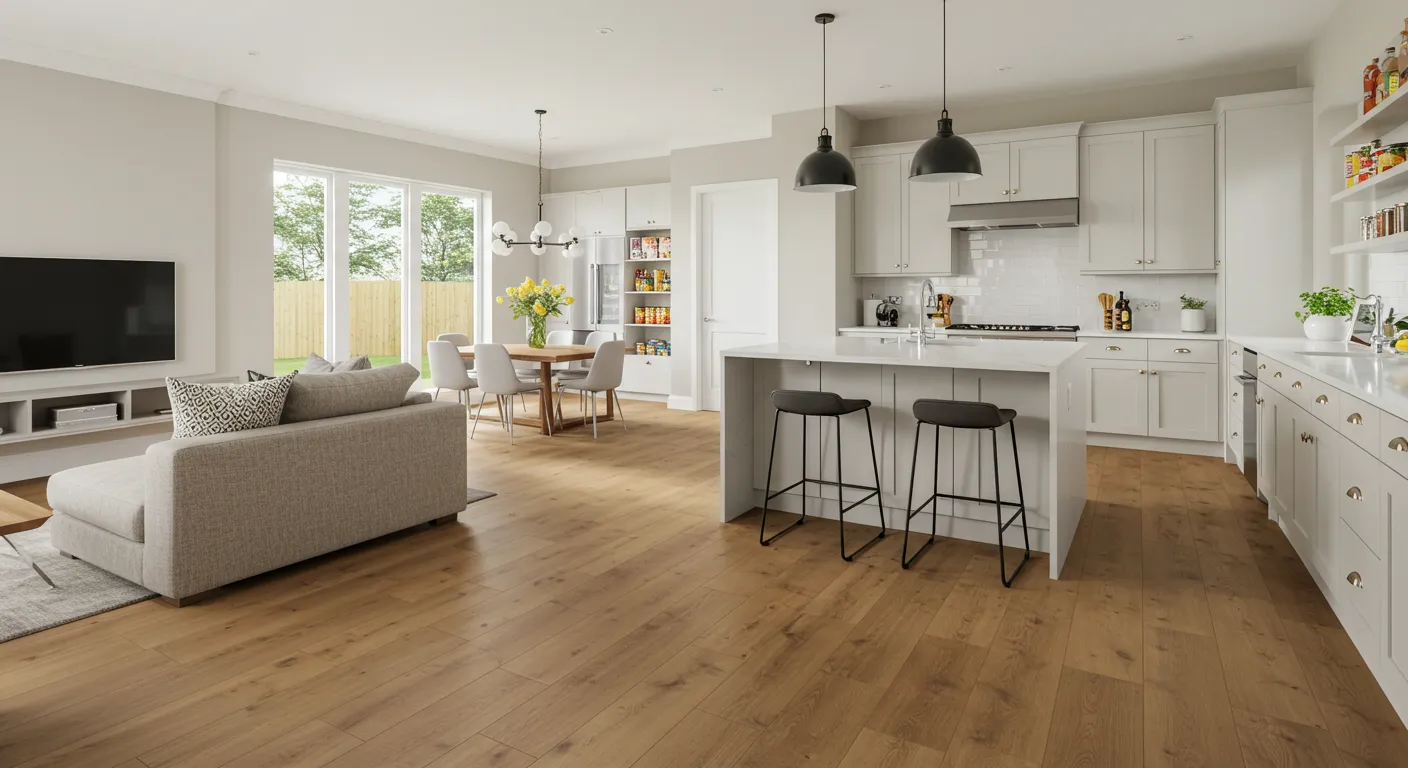
What to Do Next
If you’ve spotted any of the signs we’ve discussed—whether it’s cracking hardwood, creaky laminate, or a mysterious smell that refuses to fade—it’s time to think seriously about what’s under your feet. Flooring isn’t just a design element. It’s a core component of your home’s safety, comfort, and resale value.
Let’s quickly recap the five major signals that you may be due for a floor replacement:
- Visible, widespread damage that can’t be spot-fixed
- Persistent noise that indicates structural movement or poor installation
- Water damage or swelling, especially in areas previously affected by leaks or flooding
- Lingering odors or stains that cleaning can’t resolve
- Outdated floors that no longer suit your home’s needs or your lifestyle
Each of these on its own might be manageable. But once two or more are happening together, you're almost certainly looking at a more serious issue—and putting off replacement could cost more down the line.
Repair vs. Replace: How to Decide
This is one of the most common dilemmas for homeowners. Here’s a rule of thumb: if the cost of repair exceeds 30–50% of a full replacement, it’s usually smarter to invest in new flooring. That’s especially true if your current floors are already more than a decade old.
There are also practical limits to how much repairs can fix. For instance, sanding and refinishing works great for hardwood—but not if the planks are warped or waterlogged. Tile can be re-grouted or individually replaced, but not when half the room is cracked. And carpet is notoriously unforgiving: once padding or subfloor is saturated or stained, there’s no real path back.
Repairs are best for isolated damage, newer floors, or cosmetic issues. Replacement is best for aging materials, recurring problems, or any time the foundation below the floor is involved.
Flooring Materials That Stand Up to Real Life
When it’s time to upgrade, it helps to think through how each type of flooring holds up—especially if your current floors fell short.
- Luxury vinyl plank (LVP) is one of the most durable and cost-effective options available today. It's waterproof, scratch-resistant, and ideal for families or pet owners.
- Engineered hardwood gives you the elegance of wood with more stability and less risk of warping.
- Porcelain tile is unbeatable in areas that see a lot of moisture, like kitchens and bathrooms.
- Carpet tiles offer the warmth of traditional carpet but are much easier to replace section by section if damage happens again.
What you choose will depend on your home’s layout, your lifestyle, and your budget—but know this: flooring technology has come a long way. You don’t have to choose between durability and design anymore.
How to Get Started with Floor Replacement
If you’re unsure whether your floor can be saved or needs to be replaced, it’s worth getting a professional assessment. At Five Star Flooring, we’ve helped hundreds of homeowners figure out exactly what they need—with zero pressure or upsells. A good flooring contractor will evaluate not just the surface issues, but what’s happening underneath: the underlayment, the subfloor, and moisture conditions that could affect your new investment.
When you meet with a pro, be ready to talk about:
- How long you’ve had your current floors
- Where damage or wear is most noticeable
- Whether any leaks, floods, or spills have occurred
- What you want most in your new floors—durability, beauty, or both
Armed with that info, your flooring team can help you decide on the right materials, installation method, and maintenance plan to ensure your new floors last for years to come.
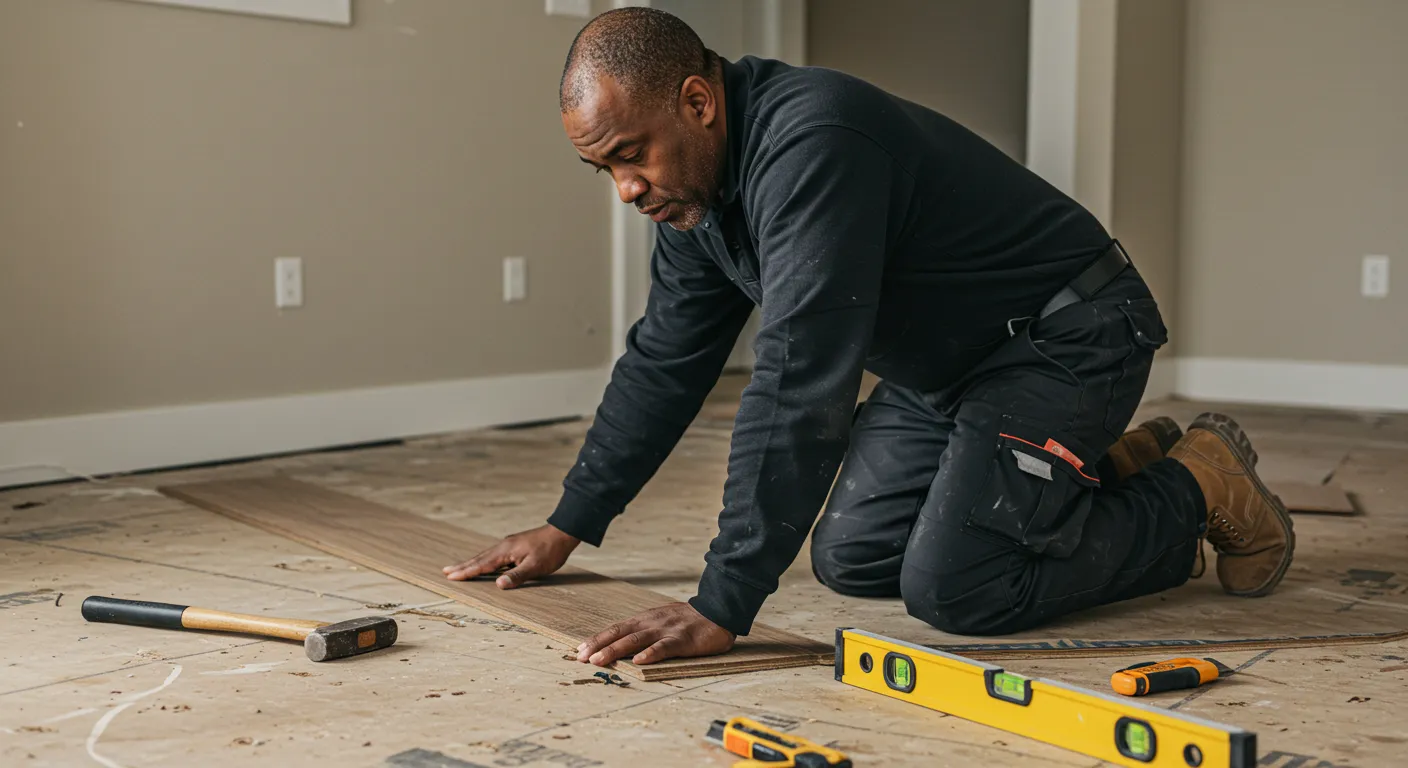
Wrapping Up
Flooring issues rarely fix themselves. What starts as a small annoyance—a soft spot, a lingering odor, a hairline crack—can turn into a much bigger problem if left unchecked. But with the right timing and materials, replacing your flooring can completely transform your space, making it safer, quieter, cleaner, and more comfortable.
At Five Star Flooring, we believe floor replacement should be stress-free and well worth the investment. If you're not sure what your next step is, we’re happy to help you figure it out—whether that’s a minor repair or a complete refresh.
Your floors work hard every day. When it’s time to give them a break, make sure you’re stepping forward on the right foundation.

